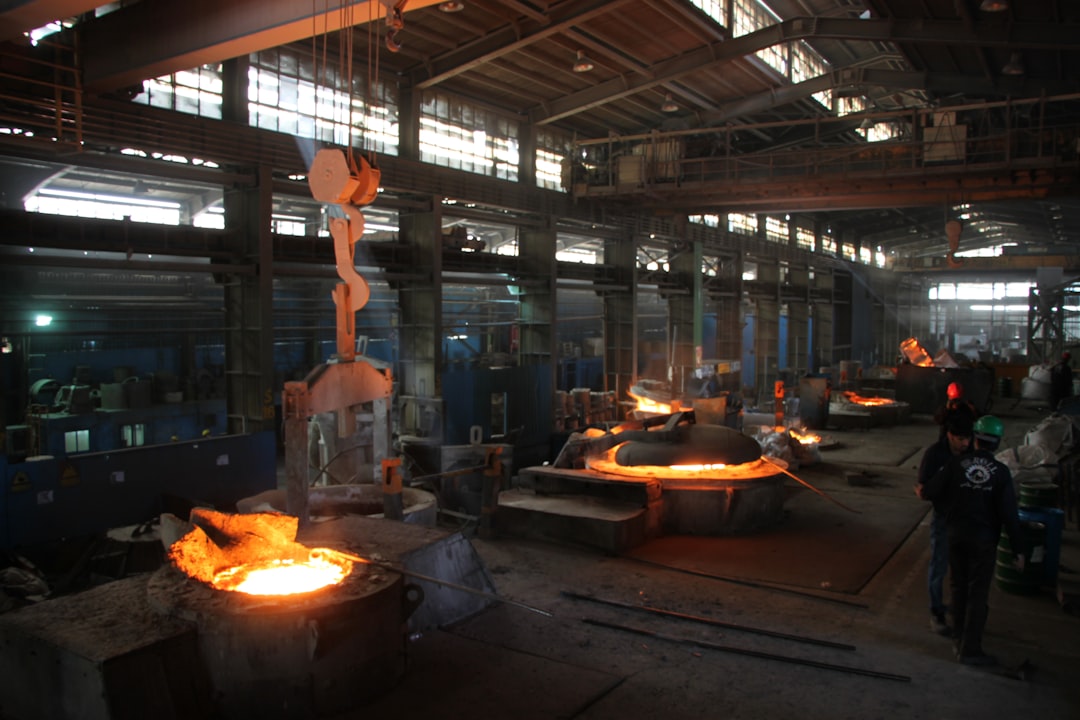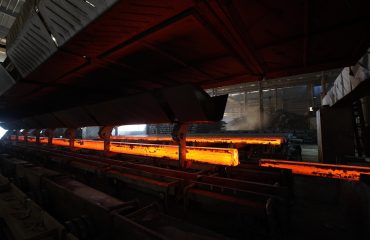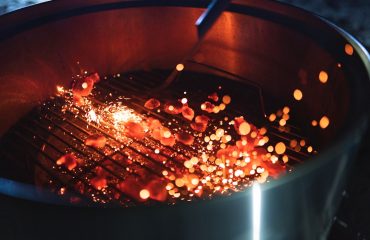The strength and reliability of steel structures, from towering skyscrapers to intricate automotive components, hinge on meticulous quality control. Ensuring the consistent production of high-quality steel requires a multifaceted approach, employing a range of sophisticated techniques throughout the manufacturing process. This comprehensive guide delves into the key methods used to maintain and verify steel quality, ensuring the final product meets stringent specifications and performance expectations.
1. Chemical Composition Analysis: The Foundation of Steel Quality
The journey to superior steel begins with precise control over its chemical composition. Variations in the proportions of elements like carbon, manganese, silicon, phosphorus, sulfur, and alloying additions (chromium, nickel, molybdenum, etc.) significantly impact the steel’s properties. Spectrometric analysis, a rapid and accurate method, uses the emission or absorption of light to determine the elemental composition. Other techniques, such as wet chemical analysis (titration) and inductively coupled plasma optical emission spectrometry (ICP-OES), provide highly precise results for various elements, ensuring that the steel conforms to the desired grade specifications. These analyses are crucial for identifying potential defects early in the process, preventing costly rework and ensuring consistent performance.
2. Mechanical Testing: Evaluating Steel’s Strength and Resilience
Once the chemical composition is verified, mechanical testing provides critical insights into the steel’s physical properties. Tensile testing, a fundamental method, determines the ultimate tensile strength, yield strength, elongation, and reduction in area. This information reflects the steel’s ability to withstand tensile forces. Compression testing, on the other hand, evaluates its resistance to compressive loads. Hardness testing, using methods such as Rockwell, Brinell, or Vickers, assesses the steel’s resistance to indentation, offering a quick and reliable indicator of its strength. Impact testing, such as Charpy or Izod, measures the steel’s resistance to sudden impact, crucial for applications subjected to shock loads. These tests ensure the steel meets the required strength, ductility, and toughness for its intended application.
3. Non-Destructive Testing (NDT): Ensuring Internal Integrity
Non-destructive testing (NDT) methods are invaluable for evaluating the internal integrity of steel products without causing damage. Ultrasonic testing (UT) utilizes high-frequency sound waves to detect internal flaws like cracks, inclusions, and voids. Radiographic testing (RT), using X-rays or gamma rays, creates images revealing internal defects. Magnetic particle testing (MT) is used to detect surface and near-surface cracks in ferromagnetic materials. Eddy current testing (ET) utilizes electromagnetic induction to detect surface and subsurface flaws. These NDT techniques are crucial for identifying potential weaknesses that might not be apparent through visual inspection, ensuring the structural soundness of the steel components.
4. Microstructure Analysis: Unveiling the Steel’s Internal Structure
The microstructure of steel, the arrangement of its constituent phases (ferrite, pearlite, martensite, etc.), directly influences its mechanical properties. Metallographic examination, involving sample preparation, polishing, etching, and microscopic observation, reveals the microstructure. This analysis identifies the presence of undesirable phases, grain size, and other microstructural features that affect the steel’s performance. Techniques like electron microscopy provide higher magnification and resolution, offering more detailed insights into the microstructure. Understanding the microstructure allows for adjustments in the manufacturing process to optimize the steel’s properties and ensure consistent quality.
5. Statistical Process Control (SPC): Maintaining Consistent Quality
Statistical Process Control (SPC) is a crucial tool for maintaining consistent steel quality throughout the manufacturing process. By continuously monitoring key process parameters (temperature, pressure, chemical composition, etc.) and analyzing data using statistical methods, SPC helps identify trends, variations, and potential sources of defects. Control charts, such as X-bar and R charts, visually represent process variability and help determine whether the process is in control. SPC enables proactive identification of deviations from established standards, allowing for timely corrective actions to prevent the production of substandard steel. This data-driven approach ensures consistent quality and minimizes waste.
In conclusion, maintaining high-quality steel requires a rigorous and multi-faceted approach. By combining chemical analysis, mechanical testing, non-destructive testing, microstructure analysis, and statistical process control, manufacturers can ensure the consistent production of steel that meets the demanding requirements of diverse applications. This commitment to quality control is essential for ensuring the safety, reliability, and longevity of structures and products built with steel.
SEO-Friendly Tags:
- Steel Quality Control
- Steel Testing Methods
- Metallurgical Testing
- Non-Destructive Testing Steel
- Steel Quality Assurance




